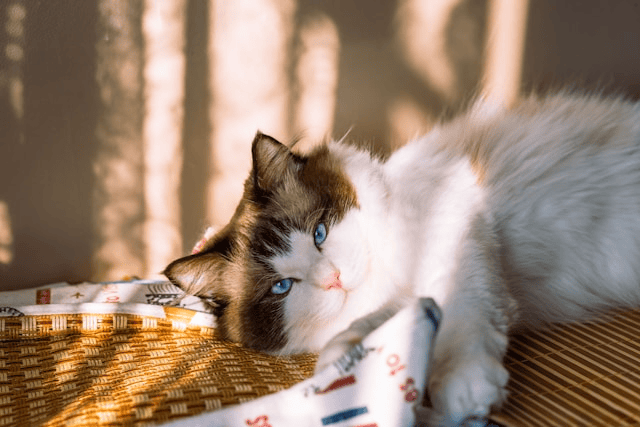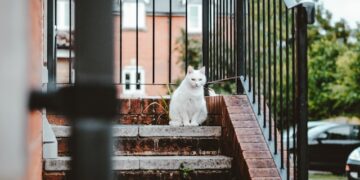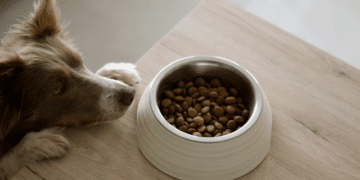Welcoming a pet into your home brings joy, companionship, and a lot of responsibility. Whether you’re a seasoned pet parent or a new one, ensuring your living space is safe and free of hazards is essential for your furry friend’s health and happiness. Pets are curious by nature and can easily get into trouble if everyday dangers aren’t properly managed. In this article, we’ll explore practical pet safety tips to help you create a hazard-free home, room by room.
Why Pet Safety at Home Matters
Pets are more than just animals they’re family. As such, they deserve an environment that’s as secure as it is loving. Many common household items and setups that seem harmless to humans can pose significant risks to pets. From choking hazards and toxic substances to dangerous furniture or electrical cords, potential dangers lurk in every corner.
By following some simple but effective pet-proofing tips, you can make your home a sanctuary where your pets can roam freely and safely.
Room-by-Room Safety Tips
Kitchen
The kitchen is one of the most hazardous areas for pets. It’s full of tempting smells and potentially harmful substances.
-
Secure trash cans with lids or place them inside cabinets to prevent pets from scavenging.
-
Store cleaning products, sharp tools, and plastic bags in locked cabinets or high shelves.
-
Avoid leaving toxic foods out, such as chocolate, grapes, onions, garlic, and anything with xylitol.
-
Keep pets away from hot surfaces and open ovens or stovetops.
A good practice is to train your pet to stay out of the kitchen during cooking hours to avoid accidents.
Living Room
The living room may seem harmless, but it can hide a variety of pet hazards.
-
Electrical cords should be tucked away or covered with protective tubing to prevent chewing.
-
Candles, incense, and fireplaces can easily cause burns or fires if knocked over.
-
Avoid breakable decor or small items that could become choking hazards.
-
Choose pet-safe houseplants. Popular ones like lilies, pothos, and philodendrons are toxic to pets.
Keep small objects, remotes, batteries, and kids’ toys out of reach to maintain a hazard-free home for pets.
Bathroom
Bathrooms contain many harmful substances that should be kept securely away from curious noses.
-
Store medications, razors, soaps, and cleaning supplies in locked cabinets.
-
Always keep toilet lids closed especially in homes with small dogs or cats that may try to drink from them.
-
Use a pet-safe bath product if you bathe your pet yourself.
Keeping the bathroom door closed when not in use is a simple way to reduce access to this high-risk area.
Bedroom
You may think your bedroom is a safe haven, but it also requires attention when it comes to pet safety.
-
Keep small objects like jewelry, hair ties, coins, and pins off the floor or nightstand.
-
Avoid leaving clothes or shoes accessible; some pets enjoy chewing on these items, which can lead to intestinal blockages.
-
Secure blinds and window cords to prevent entanglement.
Pets love cozy spots, so make sure their bedding is clean, soft, and placed away from windows or vents.
Garage & Garden
Outdoor and semi-outdoor spaces are full of risks for pets.
-
Lock up antifreeze, motor oil, fertilizers, pesticides, and herbicides many of these are highly toxic.
-
Ensure tools are hung or stored safely to avoid injury.
-
When gardening, research whether your plants are pet-safe before planting.
Also, check fences and gates regularly for gaps where your pet might escape.
Common Toxic Substances to Avoid
Understanding what’s toxic to your pet is a key part of creating a hazard-free home.
Foods Toxic to Pets:
-
Chocolate
-
Grapes and raisins
-
Onions and garlic
-
Alcohol
-
Caffeine
-
Macadamia nuts
-
Xylitol (found in sugar-free gum and snacks)
Plants to Avoid:
-
Lilies (extremely toxic to cats)
-
Aloe vera
-
Sago palm
-
Pothos
-
Azaleas
Household Chemicals:
-
Bleach
-
Ammonia
-
Drain cleaners
-
Paints and varnishes
When in doubt, check with your vet or consult pet safety resources before bringing new items into your home.
Pet-Proofing Tips for the Whole Home
Pet-proofing is an ongoing process, especially as your pet grows and their behavior changes.
-
Use baby gates to restrict access to unsafe areas.
-
Install cabinet latches in rooms where cleaning supplies or food are stored.
-
Provide safe toys made from durable, non-toxic materials to keep your pet entertained.
-
Choose pet-friendly furniture that’s easy to clean and resistant to chewing or scratching.
-
Designate a safe, quiet space with bedding and water where your pet can rest undisturbed.
With some preparation, you can enjoy peace of mind knowing that your pet is safe, even when you’re not watching them every second.
Emergency Preparedness for Pet Owners
Despite your best efforts, emergencies can happen. Be prepared:
-
Keep a pet first-aid kit with essentials like bandages, antiseptic, tweezers, and any medications your pet may need.
-
Post your vet’s phone number and the nearest emergency veterinary clinic on the fridge or in a visible location.
-
Learn basic first-aid for pets such as CPR and how to treat choking.
Having a plan in place can save precious time and potentially your pet’s life.
Conclusion
Creating a hazard-free home for pets doesn’t have to be overwhelming. With a few adjustments and ongoing awareness, you can ensure your home is a safe, loving space for your four-legged family members. From eliminating toxic substances to securing every room, these pet safety tips help prevent accidents and give you peace of mind.









